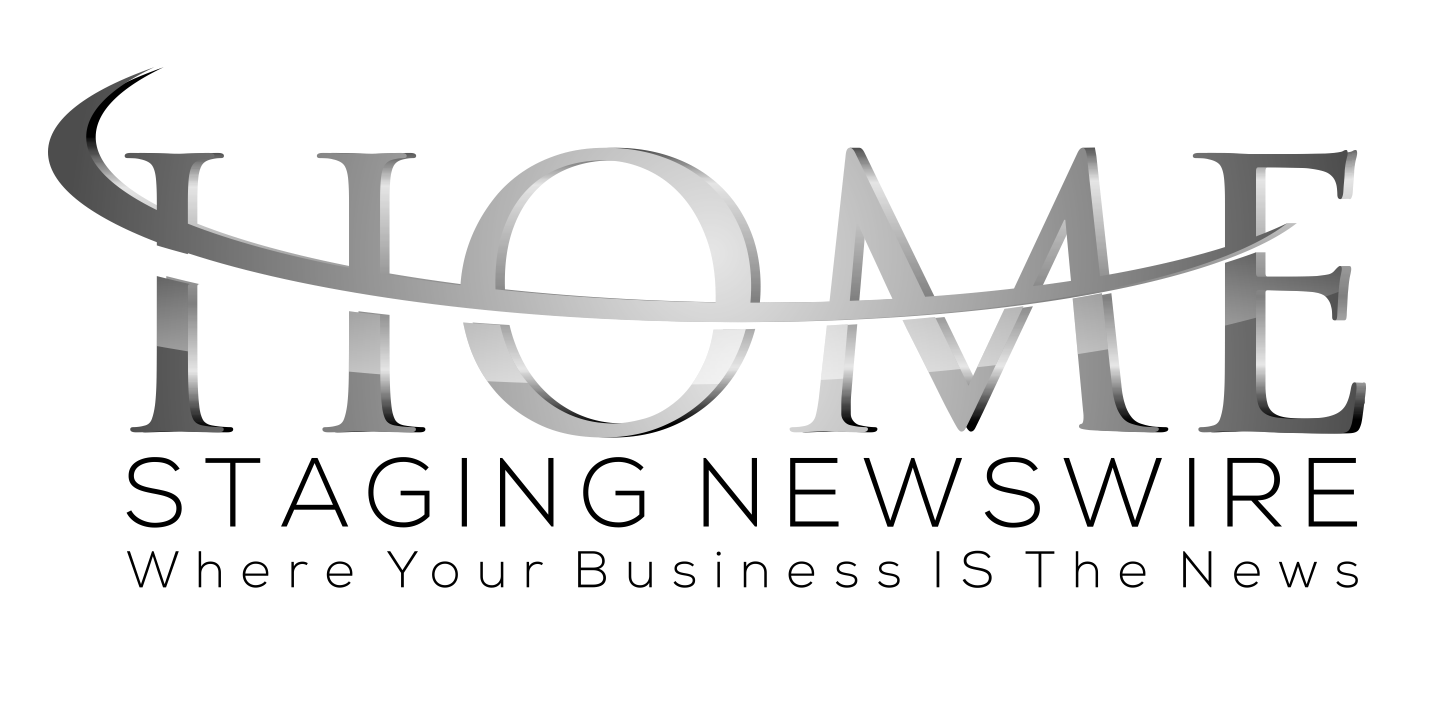At RESA HQ their team is asked questions from home stagers throughout North America on a daily basis, from where to get training, how to keep up with inventory, where to find clients, the best resources for contracts, and more! For our Ask The Experts Blog series we take some of these questions to experts in our industry to get their advice.
The RESA mission is for home staging to be an industry where high standards are well-established and practiced universally, and by sharing some tips from the experts we hope to help those in the staging industry be the most successful they can be.
A recent question was asked,”What should be in my brand’s media kit, and when do I use it?”
Tori Toth is an award-winning celebrity home staging advocate, visibility consultant, trainer, YouTuber, blogger and international speaker whose clientele spans the globe.
She utilizes her unique skills as a TV Reporter to position and market her company, as well as the home staging industry as a critical home-selling tool by creating a series of YouTube “how-to” videos, and is the Host of Home Staging TV, a YouTube Channel exclusively dedicated to the home staging industry, receiving over 2 million views.
Writing a media kit is not hard, but it does take time and needs to clearly communicate key information to a very busy and discerning audience – journalists.
Tori is also the Secretary on the Real Estate Staging Association (RESA) Board of Directors and has been recognized for the fourth year in a row as one of RESA’s Most Influential People in Real Estate Staging.
Tori Toth gives advice on Media Kits for Home Stagers:
As an established home stager, it’s important to look at unique opportunities to build your brand and raise your visibility through more sophisticated marketing channels. A media kit, also known as a press kit, is a set of promotional materials to provide information about your company quickly to the media or those who may want to collaborate with you.
The point of a media kit is to create credibility and catch the eye of a journalist or collaborator enticing them to write an article, do an interview or even work together. It’ll save you (and reporters) valuable time and energy trying to find the information, as well as protect your brand by having the latest information all in one place.
What to Include in a Media Kit
To get more press coverage and partnerships you should focus on providing the following:
Your Company Story, Mission, and Bio – Whether you’re branding a company or yourself, we want to start by sharing a compelling story.
- How did you start?
- Why would someone want to feature or work with you? What makes you and your brand unique?
- If you have a mission, share it!
Also, make sure you highlight your accomplishments in your bio.
Provide Contact Information and Social Handles – The most significant part of a media kit is to provide your contact information that includes: your name (or person to contact), phone number, email, and website. If you have a multi-page media kit, I recommend placing this information at the beginning and end of the kit, also make the links clickable so someone can contact you immediately online.
If you have a social media presence, add the platform images, your handle (or make the images clickable), and the size of your following. This will particularly help if you’re looking to become an influencer.
Home Staging Facts + Stats – Reporters and brands always appreciate current facts and stats that they can incorporate into their stories or collaborations. This will help make the decision to utilize your expertise easier. You can have this as a separate section in your media kit or sprinkled throughout.
Featured In/Partnerships – Another way to help make the decision process easier is to show proof that other media outlets and partners have effectively used your expertise. Add logos, links or share short blurbs to past features or project.
Add Logo, Current Headshot, Project Photos/Videos – Make sure to add your latest logo, headshots, links to project photos and videos on your media kit, so they can immediately access all your branding materials and recent content.
Service/Product Information – In some cases you may want to have a section that highlights a particular service or product that you’re known for. This is where you would add a short synopsis of what you provide, making sure to point out the value and main benefits to the client.
Case Studies/Testimonials – And of course follow up the service/product information by offering 1-2 case studies and testimonials, again this is social proof that the expertise you provide fundamentally works in real estate.
One other thing to point out here, is to make sure that the media kit represents your brand colors and fonts.
When to Use a Media Kit
Your media kit should online and available as a downloadable pdf. Add the media kit to a main page of your website either under the about tab, press tab or contact us tab this way anyone looking to feature or work with you can access the information. I would also recommend adding a link to your most popular social media channels.
When you are pitching a story to the media, looking to be featured in an article or become a consistent contributor for a media company that’s when you want to share your media kit (usually in an email) for the recipient to learn more about you. If you’re planning on becoming an influencer, affiliate with a brand or provide brand reviews as you are building those relationships, you’ll want to provide your media kit.
A media kit can also be helpful when applying for awards or even sponsoring events.
Writing a media kit is not hard, but it does take time and needs to clearly communicate key information to a very busy and discerning audience – journalists. If you are struggling to get your media kit produced, or need someone to review what you currently, please feel free to contact me tori@toritoth.com.
Together through the RESA executive team, RESA leadership, and the RESA Board of Directors, and our members, we have built a community of entrepreneurs and professionals that are stronger together. The RESA community supports, uplifts, and encourages one another to continue to grow as an industry. Together, RESA home stagers and affiliates are growing industry awareness and raising expectations.
If you have a question that you would like us to bring to the experts, submit it here.
Not a RESA® member yet? Click here to learn how to join and about the many benefits RESA® makes available to help advance the home staging industry!

Tori Toth is a renowned home stager and lifestyle authority, visibility consultant, trainer, YouTuber, blogger, and international speaker whose clientele spans the globe. Her peers recently nominated her to be on the Real Estate Staging Association (RESA) Board of Directors, as well as, recognized her for the third year in a row as one of RESA’s Most Influential People in Real Estate Staging. She works with homeowners, real estate agents, and brands helping to “create an image that sells.”
Tori utilized her unique skills as a TV Reporter to market her company, as well as the home staging industry, and is the Host of Home Staging TV, a YouTube channel exclusively dedicated to the home staging industry with over 2 million views.
She’s increased visibility as the best-selling author of Feel at Home: Home Staging Secrets for a Quick and Easy Sell inspired her to create The Stage 2 Sell Strategy™, the world’s first home staging course developed exclusively for home sellers, available online utilizing on-demand video. She’s been featured in top media outlets including U.S. News & World Report, Realtor.com, CNN Money, Martha Stewart Living, The Today Show, Good Day New York, Oprah.com and MyDomaine.com.
By seeing firsthand what video has done for her, Tori has been invited to speak to thousands of professionals at home staging and real estate events, including The Real Estate Staging Association, about the importance of maximizing their visibility through property presentation and video.
Co-author of the book Marketing for the Staging + Design Industry Tori shares her visibility expertise and is the creator of the new membership site Visible You Incubator™ and an online course called Video Visibility™ sharing her video marketing secrets and allowing small business owners, like home stagers, to develop a comprehensive strategy to step outside their comfort zone build a marketing strategy and press “record.”
Tori proves that by broadcasting your message and leveraging your position on the market you can inspire others to take action. Now, it's your time to share your story, influence your audience's perspective, cue the life that you desire.
Latest posts by Tori Toth
(see all)






